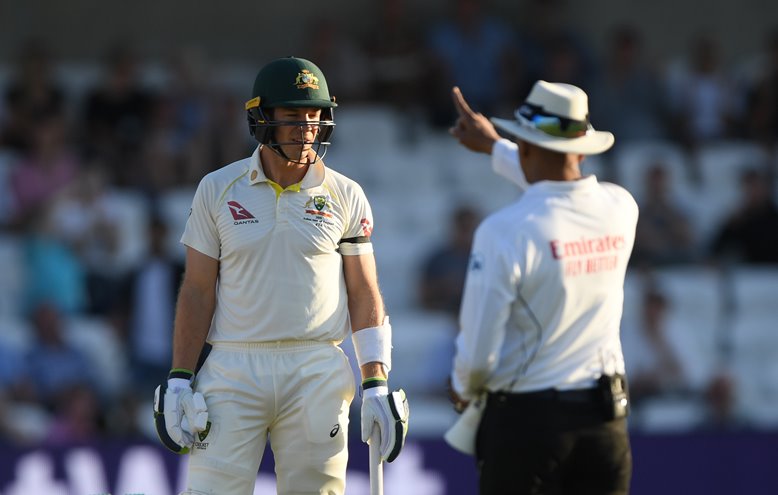MCC to review 'Umpire's call' in DRS and short-pitched bowling
The Marylebone Cricket Club (MCC) discussed a variety of topics in their recent meet, which includes the viability of the umpire's call in DRS and also the perils of short-pitched bowling. They also suggested that the same DRS technology should be used across the board in internationals.

DRS has been a major point of controversy in the last few international series. One of the most criticized aspects of the system is the ever-present influence of the umpire's call for the LBW decisions which often confuses the viewers. Recently, even Sachin Tendulkar had asked for taking away the umpire's call from the DRS. And now, some members of the Marylebone Cricket Club (MCC) have also felt the same after a thorough debate on the topic as they feel it's confusing when the same ball could either be Out or Not out' depending on the umpire's call.
"The committee debated the use of 'Umpire's Call' for LBW decisions made via the Decision Review System, which some members felt was confusing to the watching public, particularly when the same ball could either be Out or Not out depending on the on-field umpire's original decision," the Committee said in a statement, reported TOI.
The MCC is of the opinion that it would be better if the umpire's call is disregarded from the DRS system with only the 'hitting zone' of the ball deciding the outcome of the LBW decisions.
"They felt it would be simpler if the original decision was disregarded on review, and that there was a simple Out or Not out, with no umpire's call. The 'hitting zone' of the stumps would still be retained, which had to be hit by at least 50% of the ball for an Out decision. If such a protocol was introduced, they felt it should also include a reduction to one unsuccessful review per team, or for the relevant review to be lost irrespective of its outcome."
The Committee is also of the opinion that the same DRS technology should be used across the board.
"The committee felt that ICC should provide the same technology for all international cricket, rather than relying on the host broadcasters' own agreements. It also felt that the TV umpire should look at replays from a neutral perspective, rather than trying to see if there is evidence to overturn the on-field decision."
Of late, quite a few players have been left concussed as a result of getting hit by the bouncer. In view of this and given the perils of short-pitched bowling, the custodian of the laws may well review the bouncer laws to ensure the safety of the players.
"The committee heard that MCC is to embark on a global consultation on whether the Law relating to short-pitched deliveries is fit for the modern game. As Guardian of the Laws of the game, it is MCC's duty to ensure that the Laws are applied in a safe manner, a viewpoint consistent across all sports. With research into concussion in sport having increased significantly in recent years, it is appropriate that MCC continues to monitor the Laws on short-pitched bowling," the MCC said in a statement.
There also have been suggestions for reviewing the short-pitched bowling laws at the junior-level or against the lower-order batsmen in internationals and MCC is open to review that as well.
"There are important aspects to consider in the consultation, namely the balance between bat and ball; whether or not concussion should be recognised as a different injury to any other sustained; changes which are specific to particular sectors of the game -- e.g. junior cricket; and whether or not lower-order batsmen should be given further protection than the Laws currently allow," the MCC said.
The MCC has also asserted that for catches in the deep or outside the 30-yard circle, the on-field umpires can give ‘unsighted' instruction to the TV umpire.
"The committee felt that the soft-signal system worked well for catches within the 30-yard fielding circle, but that catches near the boundary often left the umpires unsighted.It was proposed that, for such catches, the on-field umpires could give an ‘unsighted' instruction to the TV umpire, rather than the more explicit soft-signal of Out or Not out."

Comments
Sign up or log in to your account to leave comments and reactions
0 Comments